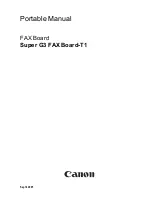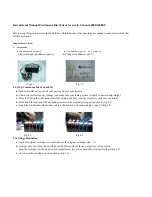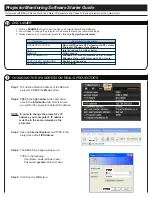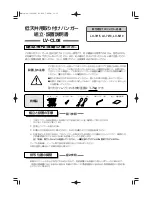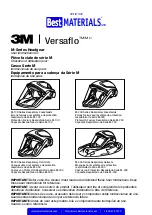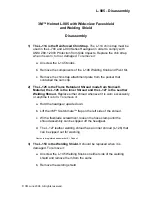
7
GG-CO2
Operation
Start-up
Before applying power, make a final check of all wiring
for continuity, shorts, grounds, etc. After power-up,
allow at least 2 hours for the system to stabilize before
testing the sensors. Because sensors are normally
located at a distance from the main unit, the test
time required and accuracy of the response checks
will be improved if two people perform the start-up
procedures and use radio contact.
Start-Up Test:
1) One person exposes each sensor to calibration gas.
(breathing on the sensor can also produce a significant
signal rise)
2) The second person stays at the control unit to
determine that each sensor, when exposed to
carbon dioxide, is connected to the proper input and
responds, causing appropriate alarm functions.
Calibration
The GG-CO2 Sensor comes factory calibrated and
should require only minimal adjustments after
installation. There are two pots on the preamp that
are used for calibration.
Note: Never measure sensor output in mA .
Always use mVDC (or VDC) voltmeter settings .
Zero Calibration:
After the unit is installed and has
been powered up for a minimum of 2 hours, the unit
can be zero calibrated by the following:
• Apply 500 ppm CO
2
gas at 0.5 to 0.8 L/min.
• Adjust the zero pot until the voltmeter reads the
following mVdc on the test points [-] to [+] (see
Figure 2).
• 0-1% CO
2
range sensor = 48.0 mVdc
• 0-3% CO
2
range sensor = 42.7 mVdc
• 0-5% CO
2
range sensor = 41.6 mVdc
Span Calibration:
If span adjustment is required, the
following procedure will span the unit:
• Perform zero calibration prior to spanning.
• Connect tubing to the calibration port of the
infrared tube. (see Figure 2)
• Apply span gas at 0.5 to 0.8 L/min.
• Sensor should react to gas within 10 seconds.
• Once the output signal has peaked (or two minutes
maximum) adjust the span pot until the correct
output is achieved with full-scale span gas, the
calculated span value will be 200 mVdc.
Note: The adjustment response is dampened. Make
slight adjustments (no more than ½ turn of the
potentiometer) and wait for output response.
If the correct output cannot be achieved, contact
Calibration Technologies for technical help.














